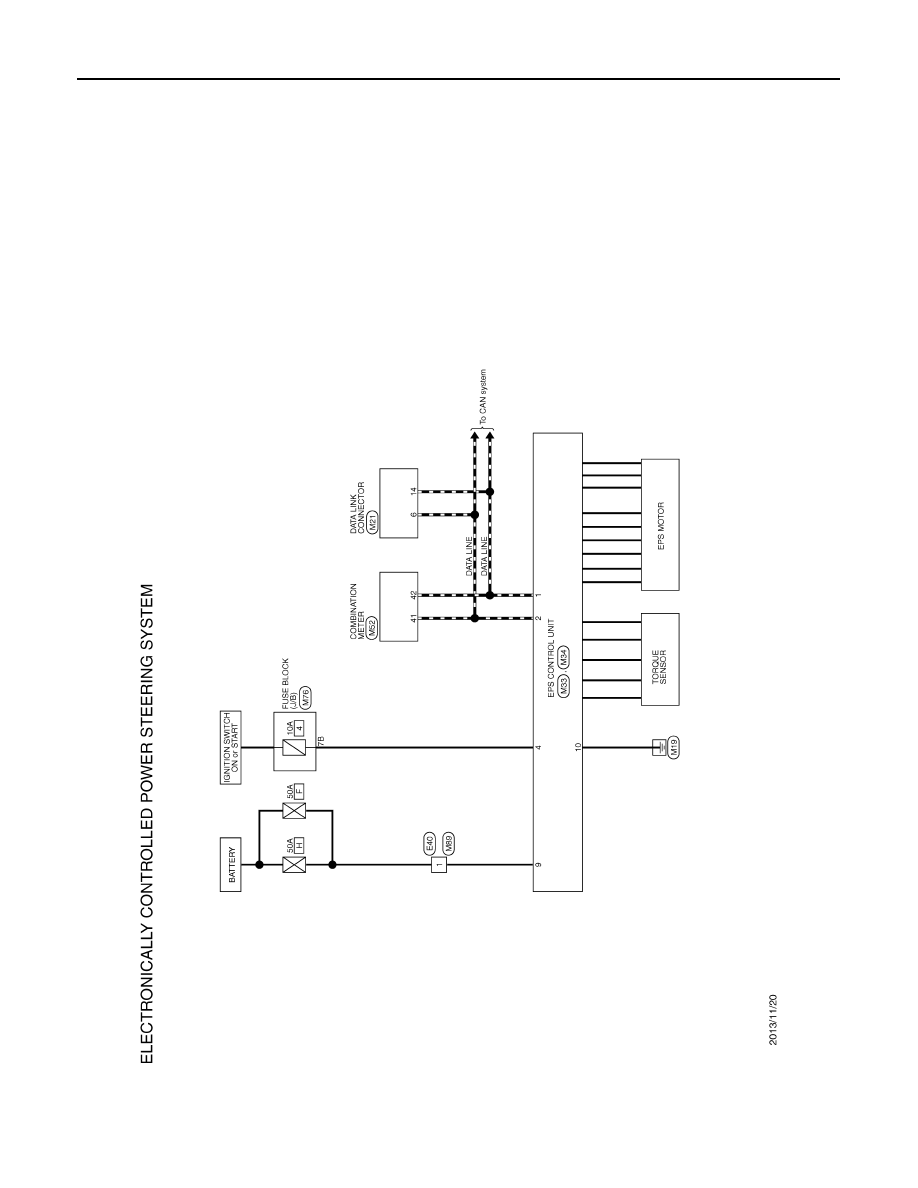Nissan Qashqai J11. Manual - part 990

STC-20
< WIRING DIAGRAM >
EPS SYSTEM
WIRING DIAGRAM
EPS SYSTEM
Wiring Diagram
INFOID:0000000010452111
JRGWC0950GB
|
|
|

STC-20 < WIRING DIAGRAM > EPS SYSTEM WIRING DIAGRAM EPS SYSTEM Wiring Diagram INFOID:0000000010452111 JRGWC0950GB |